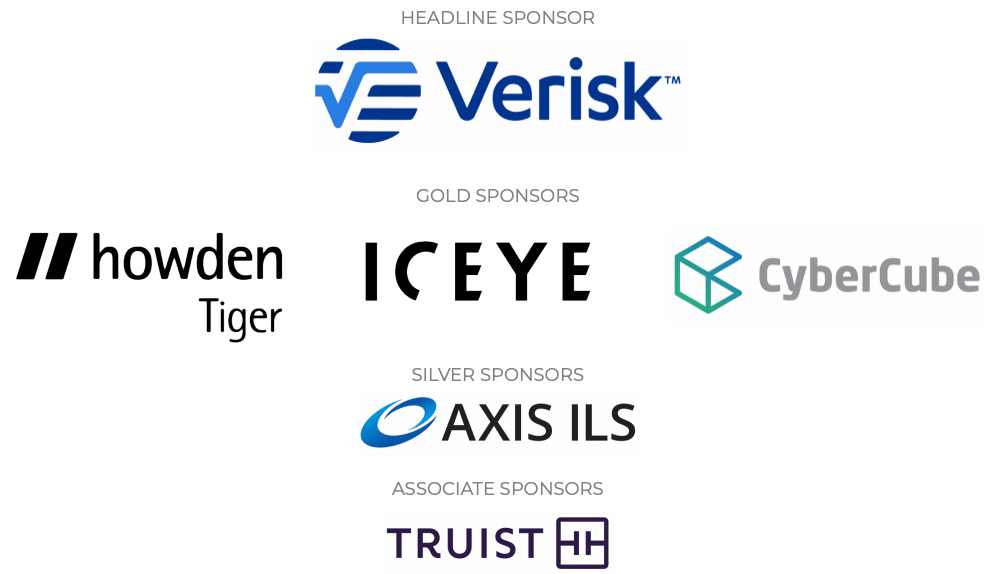Expect competitive renewal dynamics, but capital needs respecting: Artemis London 2024

At yesterday’s Artemis London 2024 conference speakers kicked off the busy reinsurance conferencing season, with a discussion of key issues that matter to insurance-linked securities (ILS) market participants as they head into events like the Monte Carlo Rendez-Vous and begin looking to end of year renewals.
Around 215 attendees joined the event over the course of the full-day conference, enjoying a busy day of inspiring and thought-provoking talks related to catastrophe bonds, insurance-linked securities (ILS) and opportunities for investors to deploy capital to areas of the reinsurance industry.
Each year we hold a session during this event titled Monte Carlo or Bust, where our expert speakers take a look at reinsurance conditions and debate the issues that matter to the ILS market as it heads to the RVS event and begins to think about the end of year renewal and issuance negotiations.
One short takeaway from this session yesterday is that speakers are anticipating a competitive reinsurance renewal at the end of this year, if the market avoids major losses over the remaining months of 2024.
The session was moderated by Bobby Dadra, Specialty Claims Manager, PCS, Verisk Insurance Solutions and he kicked things off by asking the participants for their views around price expectations for the January 2025 reinsurance renewals.
First to respond was Laurent Rousseau, CEO, EMEA and Global Capital Solutions, Guy Carpenter, who said, “Do we expect boom or bust? I’m afraid there’s going to be none of the two. In a nutshell, we’re in a cyclical industry, and there is not a lot of creativity around it. There is this kind of pendulum and cycle that is happening.
“We’re at the stage where reinsurers have been making very decent returns in 2023. 2024 is not over yet, but it’s looking good so far. But, the bottom line is, there is ample capacity, and the cycle is going to be far less about the bigger picture, it is going to be about differentiation. How do insurance companies make that case to the capacity providers?
“So that’s going to mean probably a continuation of the trends, ie competitive pricing. Some of them coming down quite meaningfully in the higher part of the programs. As you go down, clearly there will be a bit more moderation.
“But, by and large, there’s going to be very competitive pricing, and overall, probably coming down on the average.”
Rousseau highlighted the partnership with capital and that negotiations allow for give and take.
He said, “What we advise our clients to do as they come into Monte Carlo, of course there is a three months negotiation ahead, the question is, how do they position their programs into that cycle? It’s not about three, four months, it’s about three, four years. How do you enable growth? Growing is easy today. How do you do that while not unbalancing your portfolio? And I think, you know, reinsurers will want to take advantage of that cycle.”
Which set the tone for the discussion from the broking side.
Next to discuss pricing was Luca Albertini, Chief Executive Officer, Leadenhall Capital Partners LLP.
Albertini noted the importance of the role of insurance-linked securities (ILS) fund manager as custodian of capital.
“There is capacity, some of this capacity came through the cat bond market expanding beyond what was the original expectation. The question is, what is behind this capital? What are the expectations and what kept them in, for those who are in now, and what can attract them or make them go away, depending on what we do?,” he explained.
Albertini went on to say that, “At least on the ILS side, we feel very much under review. We have investors who have suffered and the current premium environment is the result of losses and underpricing that have been going on for for many years.
“For us, we are expected to price based on expected risk, right? Not what happened last last week or last month, but is what is the expected risk.
“That, in itself, not the event, should support the pricing, and the adequacy of the pricing is what will keep the capital that is coming in, and the the adequacy of the pricing is what will attract new capital going forward.
“For me, it’s very important that what we’ve been telling our investors, which is we learn the mistakes from the past and we want to make sure there is adequate pricing based on the expectation on the risk, is actually maintained.
“Because if we don’t, there could be a long term price to be paid. Then, at the end, the ceding company will pay more.”
Adding to the broker view of the upcoming end of year discussions and eventual negotiations, Nicky Payne, Partner, McGill and Partners, said she expects relative stability, but with some movement on terms and conditions.
Payne said, “Certainly, from where we’re sitting, we’ve not seen any kind of suggestions of any capacity withdrawing from the market, I think that’s really quite a key component. Supply and demand is such a driver of our markets.
“I think that our clients are looking for stability from ILS. I think it’s important to be part of those core discussions and and having consistent pricing is always very much appreciated by clients.
“I’m not sure that always ILS is viewed to be pricing on EL. You know that supply and demand dynamic, both from capital in the portfolios, or investor money going into the market obviously has an impact, and perhaps that’s felt quite strongly, or is more evident than it is in the traditional perspective.
“So I think our clients certainly want that continuity. They will be looking, probably, for some improvements in terms and conditions in the event of no big loss happening. I mean, it’s going to be a discussion, but it’s probably a bit too early to have that discussion.”
Finally, Niklaus Hilti, Head, Credit Suisse Insurance Linked Strategies, added his view from the capital provider side.
“We should not forget that hurricane season is not over, But let’s say, if we have a loss free hurricane season, I would see, of course, brokers and buyers having expectations,” Hilti explained.
He continued, “Yes, on the other hand side, I think that there might be actually, for what I believe is the first time, there is a potential that there is a bit a bifurcation on the reaction between ILS and reinsurance.
“ILS is very exposed on the cat side. So reinsurance has other topics as well. I think there is very significant capacity on the reinsurance side and I think we should not forget on the ILS side, there’s also maybe things which are different compared to reinsurance.
“There is a very close connection to investors, that is much closer, much more direct and visible between the investor and an ILS fund manager, compared to, let’s say, the shareholders of a reinsurance company.
“So I think that is different and my sense is the sentiment of investors is really that it needs more than one good year. So I think the pressure is there for ILS managers to stay very disciplined.
“On the reinsurance side I would not be, maybe, as optimistic that we will see the same reaction, or with the same discipline.”
That’s just the first few minutes of the hour long conversation and it highlighted the potential for a competitive reinsurance renewal, with perhaps differing approaches on capital deployment and discipline.
Some might say a bifurcation between the traditional and alternative response is reminiscent of the start of the last soft market.
When, despite the fact alternative capital was often cited as a cause of that softening, it was actually the large global reinsurers filling their portfolios before the last softening accelerated, that drove a significant proportion of the rate and term erosion we saw in the reinsurance marketplace, especially in some peak cat zones in the United States.
Are we heading for a similar situation? This time it seems many in the ILS market will not want to chase the market down. ILS managers are all too aware of the need to respect their capital and ensure it feels compensated for the risks it assumes.
Any return to the softening seen in the 2010’s would likely stimulate a negative response from investors that might reverberate around the industry for years to come, was the sentiment from the ILS manager and investor side at yesterday’s conference.
It’s going to be an interesting final few months of the year.
Artemis’ next conference will be ILS NYC 2025, in New York on February 7th. Please save the date, tickets will be on sale in the coming weeks.
Thank you to all our kind sponsors of Artemis London 2024, we value their support:

For any sponsorship enquiries for Artemis events please email us at [email protected].






